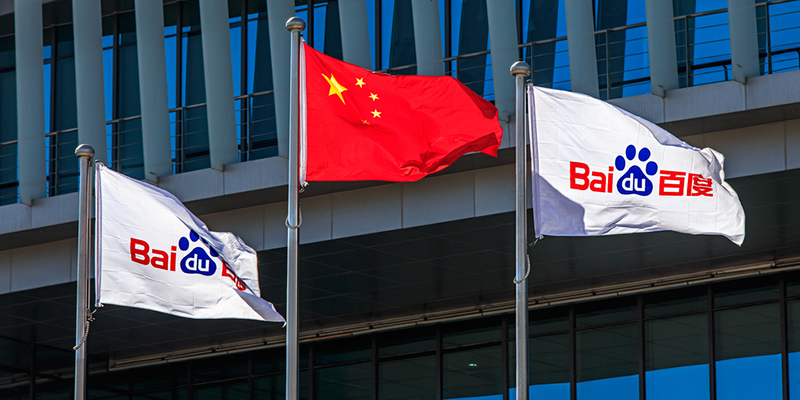Baidu is using blockchain to solve copyright issues around stock photos in China
While the enthusiasm for cryptocurrencies may be reduced as compared to the mania of 2017, there is still a lot of interest in the underlying blockchain technology and its various applications. From powering elections to decentralizing markets and industries, blockchain is seeing increasing adoption in a wide variety of industries. Chinese search giant Baidu has already made waves with blockchain before when it launched Leci Gou, its CryptoKitties spinoff earlier this year. Now, the company has made another big move in the blockchain space with the launch of Totem, a new stock photo sharing website.

According to reports, Baidu launched Totem on April 11. The new platform aims to use blockchain technology to help resolve questions of intellectual property rights in China, a market notorious for copyright infringements. Totem marks the timestamp of each new submission to the platform, along with additional information like names and identities, and stores all the information on a publicly available blockchain ledger, making it easy for users to verify the original authors of any image/photograph on the platform.
Upon submission of an image to Totem, Baidu’s Artificial Intelligence (AI) algorithms scan the platform’s existing database to look for an existing copy of the file. If a match is found, the uploader of the new file is denied copyright claims to the file; however, if no existing match is found, the user receives the copyrights to that file and the relevant information is stored on the ledger. This information is, of course, visible to all other users, who may point out discrepancies, if any, and get corrections made as required. It is still unclear if Totem will be using a public or a private blockchain ledger.
In a statement after the announcement of Totem, Baidu said, “The copyright information will be permanently written into the blockchain and cannot be tampered with and when combined with Baidu’s leading artificial intelligence map technology advantages the dissemination of works can be traced, can be reproduced, can be monitored, and this will change the traditional picture copyright protection model.” Baidu eventually plans to evolve the platform into a one-stop solution for stock images, including features such as individual pages for photographers with collections of their work, a ‘Picture Encyclopedia’ feature that will show all the images a user has the exclusive rights to, and the option to give photographers more brand exposure by integrating Totem’s database with Baidu’s other internet services, like search.
Baidu is not the first company to contemplate blockchain for managing image copyrights. Well-known US imaging firm Kodak announced at the start of this year that it plans to launch its own cryptocurrency around the property rights of photographs; however, the project has run into delays as Kodak attempts to fulfil SEC requirements around investors. However, as BitcoinExchangeGuide notes, Totem also has the potential for misuse, especially in a heavily monitored and regulated market like China. Can Baidu ensure that it protects Totem’s users at the same time as protecting their copyrights? Time will tell.










![[Startup Bharat] Y Combinator-backed BeWell Digital is enabling the digital transformation of radiologists](https://images.yourstory.com/cs/2/40d66ae0f37111eb854989d40ab39087/ImagesFrames31-1648033042143.png)
